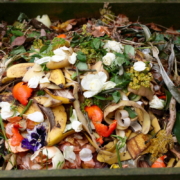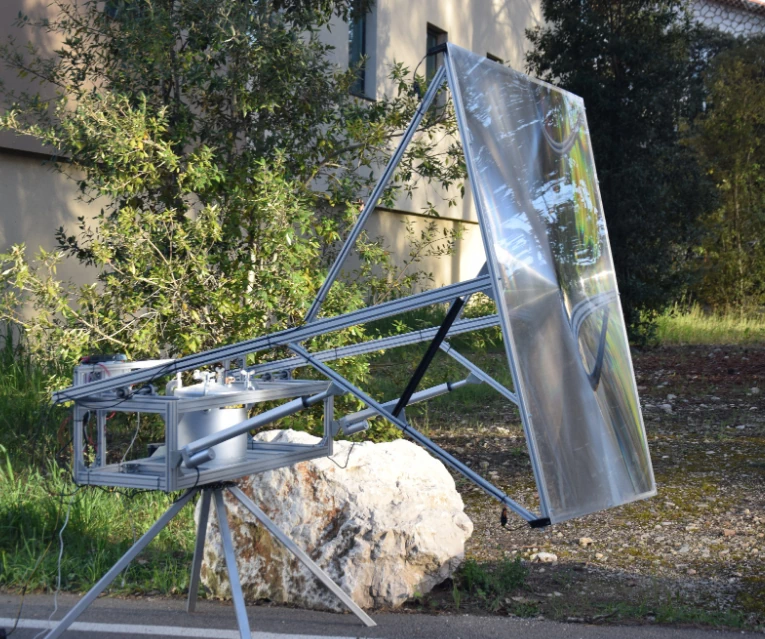Thomas Delapierre, founder of Alhomna Systems, a start-up based in Aix-en-Provence, incubated at TechForward , was confronted with apocalyptic visions during his stay in Oceania: mega fires, columns of black smoke against a blood-red sun, and flooding. He also saw with his own eyes one of the continents of plastic off the coast of the Indonesian island of Bali. This led to a realization: How can we run machines without fossil fuels, or in a world that has collapsed? Convinced that such a collapse linked to ecological and climate change was possible, Thomas Delapierre, an engineer by training, became interested in the survivalist movement.
This journey led him to set up a start-up that seeks to respond to one of the most pressing issues of our time: waste management. To treat waste, and above all to recycle it, Alhomna Systems relies on solar energy, a force that is not likely to disappear, as it rises every morning to go to work. “Wastewater treatment plants operate seven days a week, so our waste treatment solution must work in the same way,” says the start-up’s founder.
SolarDry technology: the heart of Alhomna’s system
Alhomna Systems’ primary technical objective is to dehydrate effluents: the various types of sludge generated by human society. To dry out this sludge, the SolarDry system, the start-up’s technological cornerstone, uses solar energy. Originally, Thomas Delapierre relied primarily on producing very high temperatures to transform waste into gas, through a process called pyrolysis. This is known as pyro-gasification. At the time, the start-up’s founder succeeded in developing a small-scale pyro-gasification device, which motivated him to pursue his project. “It’s a technology that came out of a garage, but I based it on principles used in applied fundamental research.”
His idea was to concentrate the sun’s light beam in a focal point using an optical lens. The solar energy is focused in a very small area, creating a point with a very high temperature, which can exceed 800°C. Heating the material in an oxygen-free atmosphere leads to the chemical degradation of the target product and transforms 70% of this waste into a synthesis gas containing carbon monoxide, carbon dioxide, and hydrogen. The remaining 30% of the degraded product is converted into biochar. However, the industrialization and maintenance of such a device are difficult: maintaining the chamber in which the products are dried is complex, and pyro-gasification, although promising, does not yet seem to offer an attractive energy yield.
In 2024, Thomas Delapierre and his team took a different approach to the problem: before transforming all organic waste into potential biogas, the product must first be completely dehydrated. That’s when SolarDry technology came into the picture: a modular solution that still concentrates the sun’s energy, but over a larger area, and does not aim to reach pyrolysis temperatures. With 56 square meters of solar energy collection, SolarDry is capable of evaporating 300 liters of water in a single day. Dehydrating the material first and then converting it into resources is Alhomna Systems’ new mantra.
Drying wet waste: a strategy with multiple benefits
Sludge waste can come from the agri-food and industrial sectors, such as petrochemicals, and urban areas, particularly from wastewater. Centrifuges and methanizers continuously process this waste and eventually send the less liquid parts that they have not been able to treat for spreading, incineration, or landfill. Drying this residual sludge, which is more than 80% water, has several highly beneficial effects: it reduces the volume of waste, neutralizes odors, and recovers valuable biomass.







